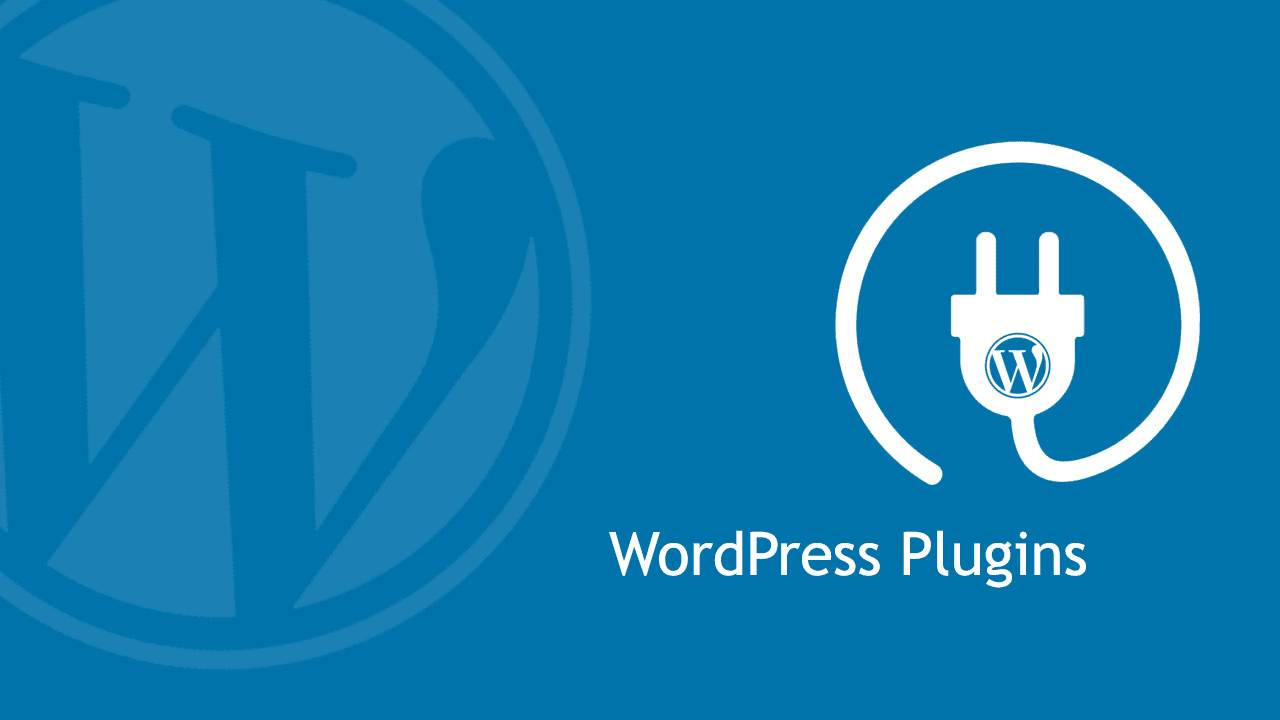How to Reduce the Cost of Web Design Without Sacrificing Quality
Developing a website can be both an exciting and challenging process. Costs can quickly escalate if not managed carefully. Below, we’ll explore ten ways to reduce the cost of web design without cutting corners.
1. Define Your Objectives and Scope
Before starting the project, clarify your objectives, target audience, and desired functionalities. This blueprint serves as a roadmap, reducing changes mid-project that can add costs.
- Objectives: What is the primary purpose of your site?
- Target Audience: Who are you trying to reach?
- Functionality: What features are essential?
Having these nailed down can save time and prevent budget overruns.
2. Prepare Content in Advance
Having content prepared, including text, images, and videos, helps the design process flow smoothly.
- Text: Write copy for all main pages, including the Home, About Us, and Contact pages.
- Images & Videos: Select or create visuals that enhance your message.
- SEO: Consider SEO during content creation to increase visibility.
Content preparation avoids delays and can reduce the design phase’s overall cost.
3. Choose Your Colours Wisely
Your colour palette is central to your brand identity. Decide on it early in the process.
- Consistency: Keep colours consistent across your marketing materials.
- Psychology of Colours: Understand how different colours affect emotions.
Having this palette ready reduces design time and ensures brand cohesion.
4. Utilize Open-Source Platforms
Embracing open-source platforms like WordPress can be a game-changer when it comes to cutting costs. WordPress, a highly popular choice, is free to use and offers a wide variety of themes and plugins at no cost.
- Community Support: WordPress has a vast community that actively contributes to forums, tutorials, and guides, making it easier for you to navigate the platform without professional help.
- Customization: Despite being free, WordPress allows extensive customization to suit your brand and functional requirements, without needing a full custom build.
- Scalability: WordPress’s flexibility allows you to start with a basic site and expand as needed, without hefty investment into custom coding.
Choosing an open-source platform like WordPress leverages community-driven innovation and flexibility, providing a robust foundation without draining your budget. This is a sure fire way to reduce the cost of web design.
5. Focus on Necessary Features
Identify and concentrate on the functionalities that align with your primary goals.
- Core Features: Focus on what’s essential to your users.
- Avoid Extras: Eliminate non-essential features that inflate the budget.
- User Experience: Ensure the features enhance rather than confuse the user experience.
Emphasizing necessary features ensures your budget is spent where it matters most.

6. Consider Maintenance Packages
Ongoing maintenance is essential. Look for package deals that cover regular updates.
- Regular Updates: Keep your site secure and up-to-date.
- Support: Have access to professional support when needed.
- Cost-Effective: Often more budget-friendly than paying for ad-hoc updates.
These packages can provide peace of mind without unexpected costs.
7. Do Some Tasks Yourself
Consider handling parts of the project yourself if you have the skills.
- Content Management: Upload and manage content yourself.
- Basic Design Tweaks: Make minor adjustments if you’re comfortable with design tools.
- Education: Invest in learning basic skills to maintain the site.
By taking on some responsibilities, you can significantly reduce costs.
8. Negotiate Smartly
Requesting quotes from various providers allows you to understand the market rate.
- Compare Quotes: Evaluate different proposals to gauge fair pricing.
- Package Deals: Look for package offers that might save money.
- Build Relationships: Long-term partnerships might lead to discounts.
Negotiation can make your budget stretch further without losing quality.
9. Monitor and Communicate Regularly
Frequent communication with the development team ensures alignment.
- Regular Check-ins: Schedule weekly meetings to review progress.
- Clear Communication: Encourage open dialogue to avoid misunderstandings.
- Feedback Loop: Provide timely feedback to prevent costly revisions later.
Clear communication can save money by keeping the project on track.
10. Consider Long-Term Scalability
When planning your website, think about future growth. A scalable design allows your site to evolve as your business grows.
- Flexible Design: Opt for a design that can accommodate additional features and content over time.
- Growth Planning: Consider how your site might need to expand in the future and build with that in mind.
- Invest in Quality: Spending a little more upfront on a scalable solution can save money in the long run by avoiding the need for a major redesign later.
By considering long-term scalability, you invest in a solution that grows with your business, saving you from future costs and hassle.
Summary
In conclusion, creating a professional and functional website doesn’t have to break the bank. By following these ten strategies to reduce the cost of web design, you can manage your project efficiently and economically. Whether you’re a small business owner or a large enterprise, these tips can help you develop a site that meets your needs without overspending. Good planning, thoughtful choices, and an eye for the long term can lead to a successful web development project that aligns with your budget.








